It’s Unscientific To Credit ‘Inherent Differences’ For Underrepresentation In Science

Behavioral ecology is a real science. But applying it to humans, with our social structures, is highly suspect.
Imagine a scientist. Try closing your eyes and really picturing this person: envision them at work, toiling away, attempting to uncover the secrets of nature itself. What does this person look like? What’s their age, race, gender, and sexual orientation? Do they have any disabilities? What’s their religion? And what was their childhood like in terms of poverty or affluence?
Although it’s not universal by any means, chances are you pictured a straight, white, older man when you imagined this hypothetical scientist. For centuries, this was the overwhelming default. In many scientific fields, such as physics, there’s still a gross underrepresentation of women and people of color at the highest research levels. Many people who study these disparities contend that there are innate, inherent differences between genders and/or races that could explain these outcomes. Unfortunately for them, that idea is unscientific at this point in time. Here’s why.
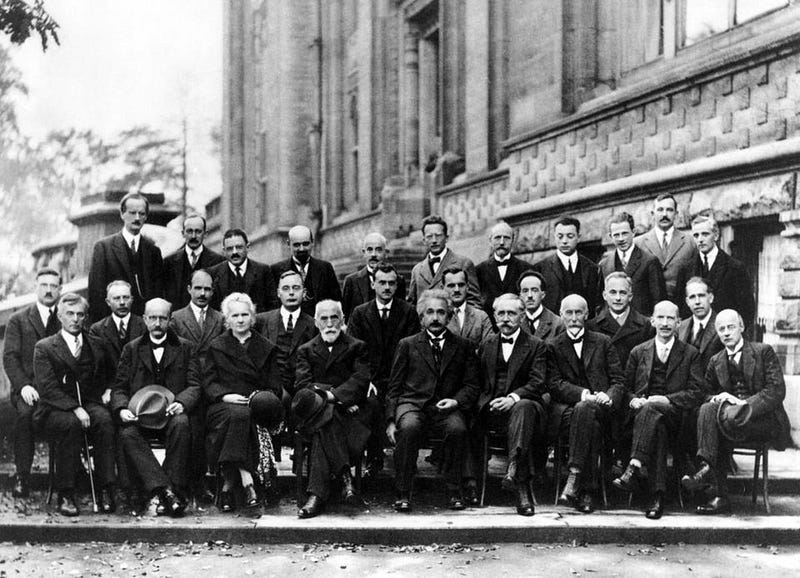
One of the least controversial fields in all of science is evolutionary behavioral ecology. It’s based off of a simple idea: that there are personality differences between animals, often linked to innate features such as gender, that have evolutionary roots. Primates in particular, and mammals more generally, display differences in preferences and traits like grooming behavior, mate selection, aggression, and territoriality that appear to be very strongly linked to gender. These differences generally increase when there are larger size differences between males and females.
Therefore, the argument goes, that humans exhibit large gender differences and strong gender-linked preferences, and so maybe there’s an innate connection between gender and career choice. Furthermore, perhaps those differences are sufficient to explain the underrepresentation of women in the sciences.

Let’s imagine a non-controversial experiment that you might design to test this out. Put a person in a room with a variety of items displaying a variety of colors. Which items do they choose to examine, play with, investigate, or otherwise utilize? Which items are preferred? When you control for item choice, do you see a preference for the particular color chosen? And finally, when you tally up everyone’s preferences, what are the color preferences when you look at males versus females?
The idea that there would be an innate color preference based on someone’s innate traits isn’t crazy; it’s a legitimate hypothesis. But in order to go anywhere with it, we’d have to test it out.
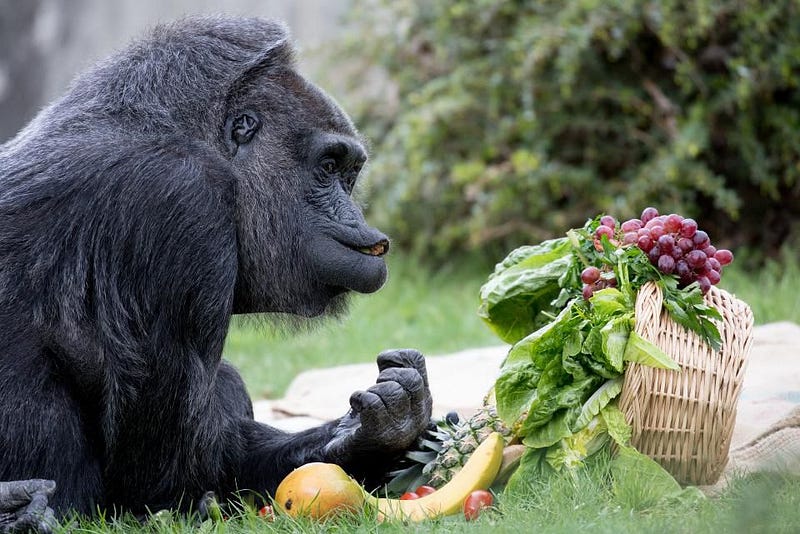
The science of color studies goes back a very long time, and many studies do show a level of gender dimorphism (or differences between genders) when it comes to color preferences. As you might expect, many such studies indicate that males have a stronger preference for bluer colors, while females have a stronger preference for redder colors.
And as you also might expect, we see these gender-linked differences for color preferences in animals as well. Birds display color preferences; gorillas and chimpanzees display them; butterflies have preferences; and in particular, non-human primates display very strong gender differences for both color and item selection.

Based on this evidence, you would be extraordinarily tempted to conclude what might seem obvious based on this evidence, as presented here. Animals display color preferences that are often linked to gender. This should, in principle, allow us to conclude something about innate gender preferences for color.
That our closest animal relatives (the primates) display it quite strongly tells us that we might expect that humans display that trait strongly as well.
And that we see color preferences in humans based on gender is another hint. It strongly indicates that we should expect color-preference gender differences that are innate in humans. It’s an eminently reasonable hypothesis.
Fortunately for us, however, it’s a well-studied hypothesis, and the conclusions aren’t what you expect.

In humans, there have been significant differences in the results of the color study dependent upon factors such as:
- when, in time, the test was performed,
- what the geographical location of the study participants were,
- and what the socialization differences between men and women were.
Studies have shown a variety of color preferences between genders, including in preferences between cool and warm colors, brightnesses, chromaticities, tolerances for greys, preferences for yellow (men) versus orange (women), or for blue (men) as opposed to red (women).
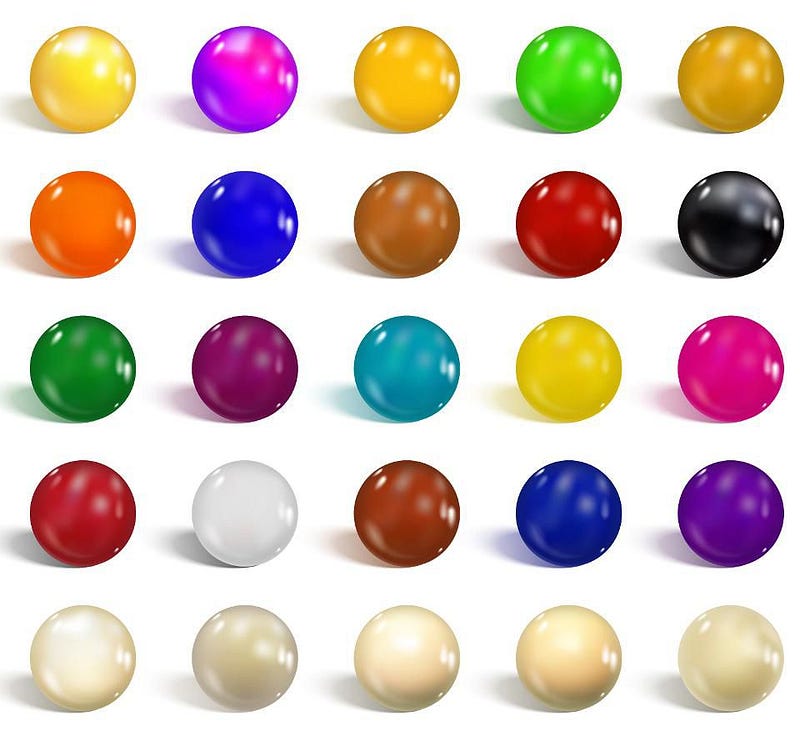
There’s a compelling reason for this, of course. Human beings aren’t merely the sum of our genetics and our evolutionary history. Sure, they play a role, but we are also products of the societies we’re raised in, and extricating the societal effects from inherent tendencies is often impossible with the limited data we’re capable of collecting.
We might ascribe blue as a boy’s color and pink as a girl’s color, but these attributions are artificial: they’re imposed by our social structures. As recently as a little over 100 years ago, pink was viewed as a color for boys, and consequently boys exhibited a preference for pink, rather than blue.
When societal pressures are present, they can easily overwhelm any possible innate preferences, rendering the latter impossible to observe. When you have two competing signals and one dominates the other, it’s often impossible to extract the subdominant effect.

And this brings us to the issue of underrepresentation in science. There are fewer women than you’d expect based on the general population; there are fewer people of color than you’d expect as well. Does this mean that women are inherently less interested or suited to science than men? That people of color are inherently less interested or less well-suited to a science career?
Not based on the evidence.
Yes, underrepresentation is real. It is possible that there is a component of that underrepresentation that is due to some type of innate difference or preference distinct to various ways of grouping humans together. But that possibility is not only unsupported by science, it discounts the existence of known societal pressures.
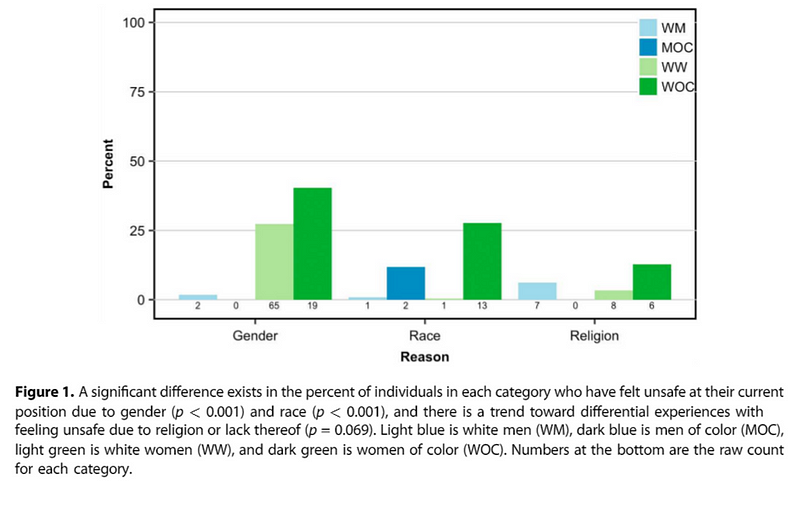
It is well-documented that harassment, bigotry, and casual racism/sexism permeate environments where underrepresentation is rampant, and the effect on those environments is damning. The result is the exclusion, marginalization, and undermining of the academic potential of anyone who isn’t a wealthy, male, white, straight, able-bodied individual working in science.
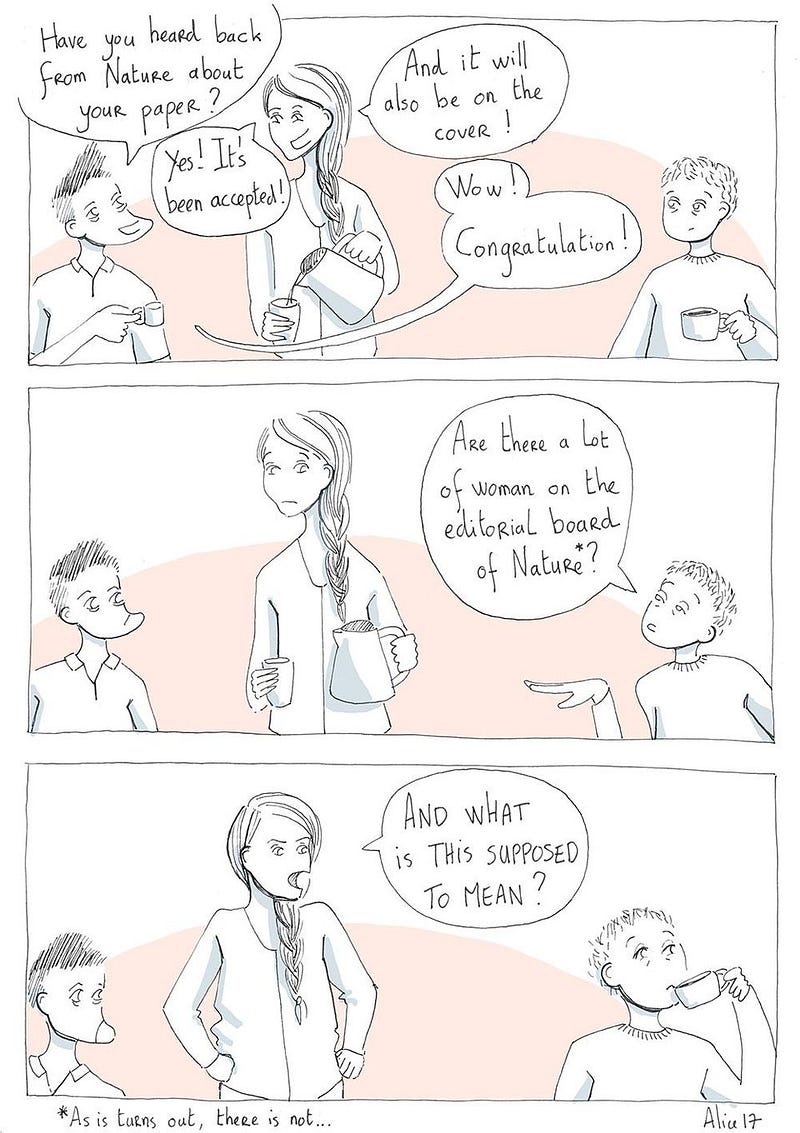
Until we have a workplace that is free from harassment and abuse of:
- women,
- people of color,
- LGBTQ individuals,
- people with disabilities,
- religious minorities,
- people from economically disadvantaged backgrounds,
or anyone else who isn’t a member of the in-group in every way, it is unscientific to draw conclusions about the effects of whatever inherent differences may actually be present.

In science, you must be extraordinarily careful that you aren’t biasing your experiment or observation towards drawing a favored conclusion. If we overlook or discount a known factor, like the social effects of underrepresentation on the fields that are afflicted with it, we will never draw a valid scientific conclusion. Until the very real problems existing in the workplace are fixed — until we truly create a working environment that doesn’t discriminate against its most vulnerable members — we have no reason to believe that inherent differences play any major role in creating or sustaining the demographics we see among scientists today. Those who seek to apply behavioral ecology to humans in the workplace must take the full suite of societal effects into account: a notoriously difficult set of factors to quantify. Until they do, their conclusions should be treated with a law familiar to any computer scientist: garbage in, garbage out.
Ethan Siegel is the author of Beyond the Galaxy and Treknology. You can pre-order his third book, currently in development: the Encyclopaedia Cosmologica.





